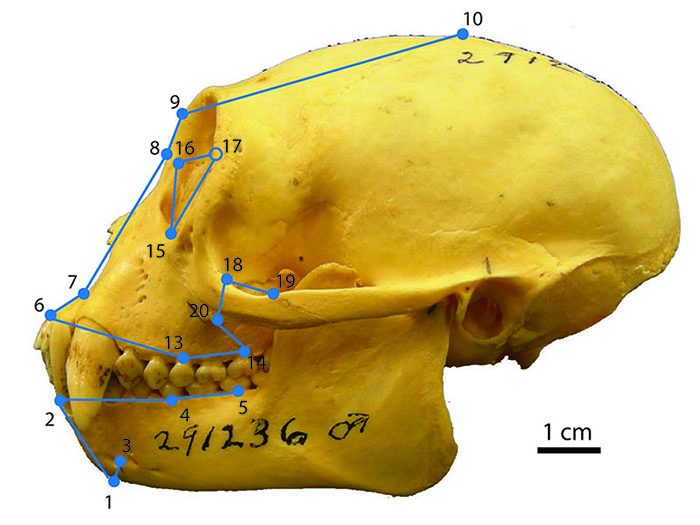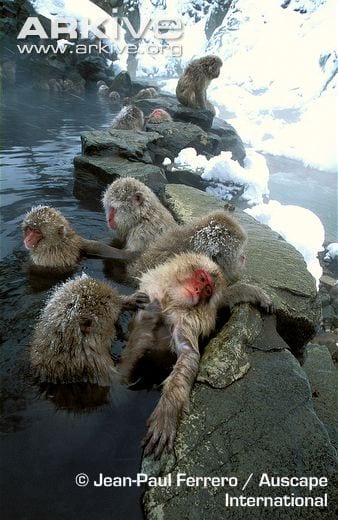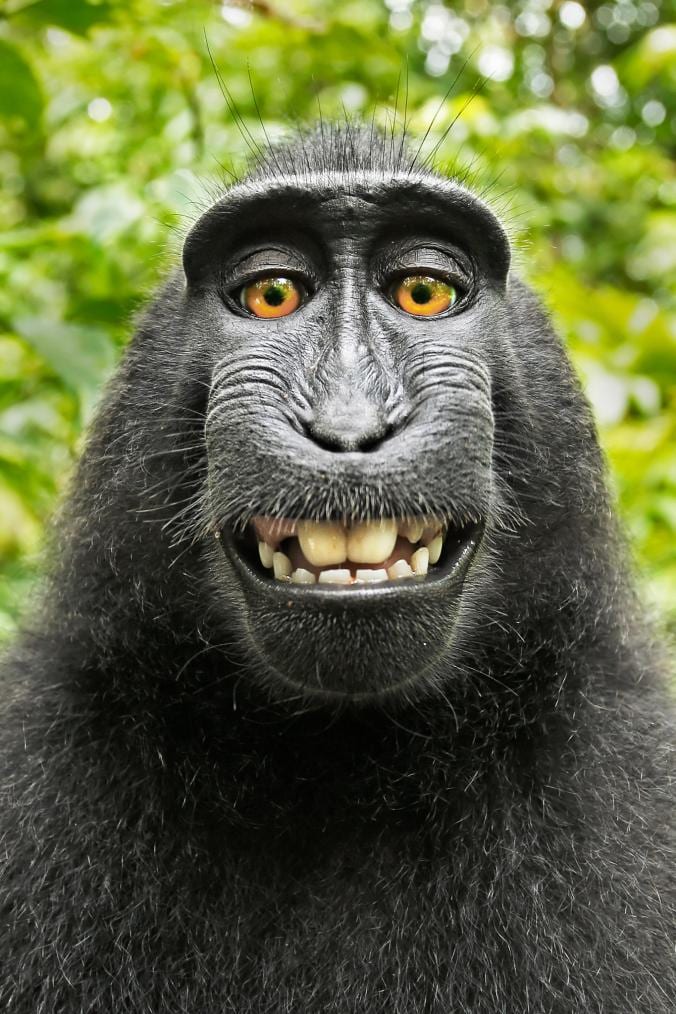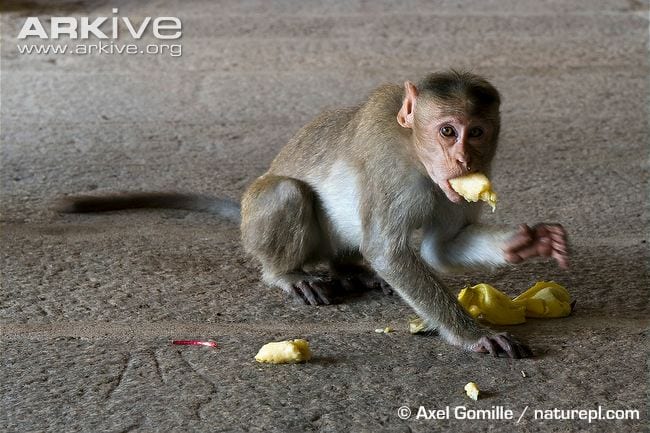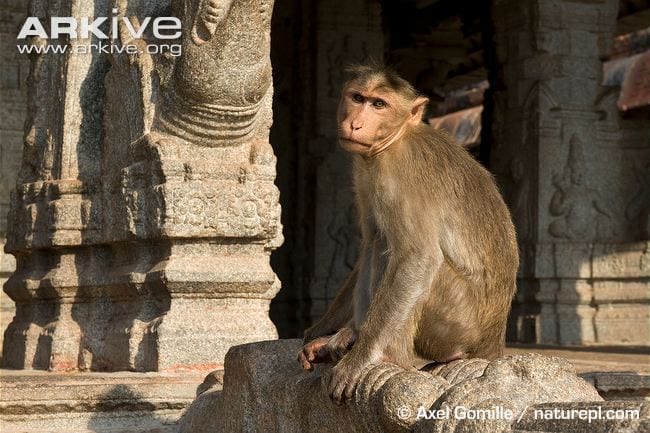Macaques, like humans, are wide-ranging primates that prosper in many different environments, and as a result, both macaques and humans have been described as “weed species” (1). Apart from choking out your garden and littering your sidewalk, both primate and non-primate weed species are extremely successful at adapting to new conditions and living alongside humans in both wild and urban environments, just like those dandelions we love/hate so much.
Four species of macaque are given this designation: Macaca mulatta (rhesus macaque), Macaca fascicularis (crab-eating macaque), Macaca sinica (Lankan toque macaque), and Macaca radiata (Indian bonnet macaque) (1). Many factors contribute to the success of these species, but high fertility rates, feeding adaptations, and social structures based on how females are related to one another (matrilineal) help these groups thrive. These factors allow weed species to have offspring more often than other groups, eat almost anything, and experience less female-female competition for mates.
But, their weed species status isn’t even the coolest thing about macaques.
Group of toque macaques resting in the trees – Photo from ARKive
The Macaca genus is the second most widespread group of primates in the world, just behind humans (1). Macaques live in Japan, India, China, southeastern Asia, the Straits of Gibraltar connecting Spain and Morocco (in Europe), Pakistan, and Afghanistan. Some macaques have even been brought to the Americas (Cayo Santiago, Puerto Rico and San Antonio, Texas) and live in large colonies with food provided by caretakers. To be able to live in so many different environments (desert, snowy mountains, forest, etc.), macaques have found ways to deal with the resources and extreme conditions in each place. In the mountains of Japan, macaques wade in hot springs to keep warm in the winter. This same species of macaque washes sand off sweet potatoes in the water before eating them (2). In Asian cities such as Bangkok and New Delhi, macaques raid agricultural fields, beg for food, and even steal food if necessary (3). In Sulawesi, Indonesia, one macaque even took a selfie on a tourist’s camera (4)! In fact, a lawsuit ensued, and this tourist found himself in a very strange court battle. You can read more about this case here and here.
Japanese macaques keeping warm in thermal pools – Photo from ARKive
Naruto, the Sulawesi black crested macaque, that took a selfie with a tourist’s camera in Indonesia – Photo from National Geographic
Few primates swim, but one group of macaques takes water to the next level. The crab-eating macaques, also called long-tailed macaques, will exploit water resources for food, if needed. This includes crabs, fungi, grasses, and clay (5). But don’t worry, these monkeys aren’t actually weird enough to go around eating dirt for no reason. The clay has potassium in it, an essential nutrient in primate diets. As previously mentioned, macaque species have a wide range of dietary resources. Other macaques are known to eat fruit, insects, flowers, seeds, and invertebrates (6).
Video footage of the crab-eating macaque in action!
The International Union for Conservation of Nature (IUCN) compiles a Red List of species that are threatened and assigns threat statuses to species worldwide. Though some species of macaque are not threatened, others are vulnerable or endangered (7). The pet trade, bush-meat trade, and habitat loss are major drivers toward population decline for macaques. At the rate humans are converting forest to agriculture or urban development, little forest will be left for all of the world’s non-human primates, including macaques. Tea, palm oil, and coffee plantations often take the place of forest because they have greater economic gain. Timber and mining are other forest-clearing activities damaging macaque habitats.
Bonnet macaque feeding on the floor of a temple – Photo from ARKive
We hope you find the range of macaque diversity as interesting as we do. If you have questions or want further information, please refer to the sources below or email Ashly Romero at anromero@uark.edu.
Bonnet macaque sitting in temple – Photo from ARKive
References:
- Meindle et al. (2018). Early Hominids May Have Been Weed Species. PNAS 115(6):1244-1249.
- Hirata et al. (2001). “Sweet Potato Washing” Revisited In Matsuzawa, Primate Origins of Human Cognition and Behavior (pp. 487-508). Tokyo, Japan: Springer.
- Smithsonian Magazine – When Monkeys Move to Town. Retrieved from https://www.smithsonianmag.com/science-nature/when-monkeys-move-to-town-64678785/ in September 2018.
- National Geographic – For These Monkeys, It’s a Fight for Survival. Retrieved from https://www.smithsonianmag.com/science-nature/when-monkeys-move-to-town-64678785/ in September 2018.
- Animal Diversity Web – Macaca fascicularis. Retrieved from https://animaldiversity.org/accounts/Macaca_fascicularis/ in September 2018.
- ARKive – Macaca. Retrieved from http://www.arkive.org/explore/species?q=macaca in September 2018.
- IUCN Red List – Macaca. Retrieved from http://www.iucnredlist.org/search in September 2018.
